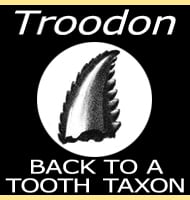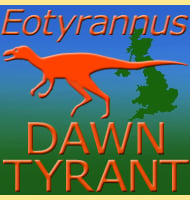Chungkingosaurus
In Depth As stegosaurs go Chungkingosaurus was towards the smaller end of the scale at four meters long. The hips and humerus (upper arm bone) of Chungkingosaurus seem to be quite primitive when compared to other stegosaurs. The skull is also deep which might be a relict primitive trait, or an adaptation for supporting stronger … Read more

